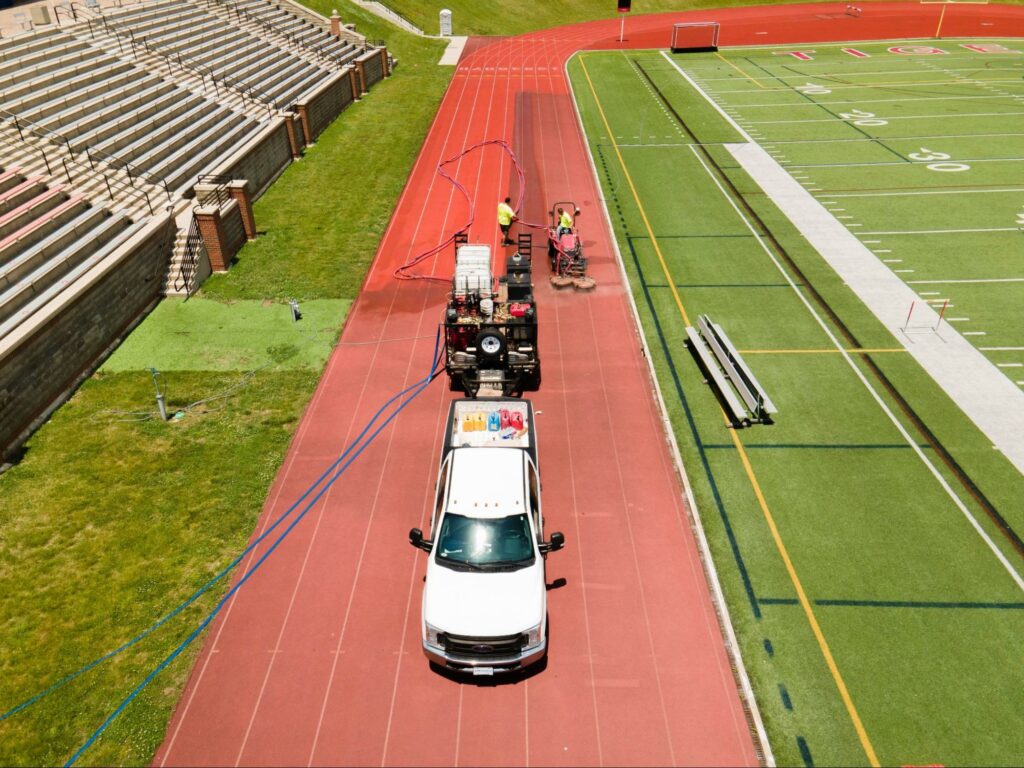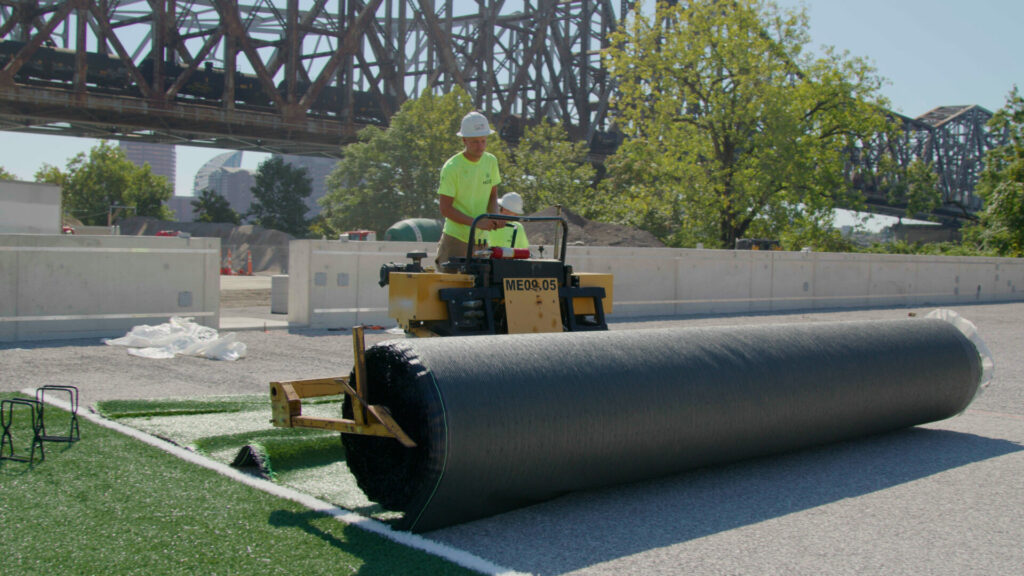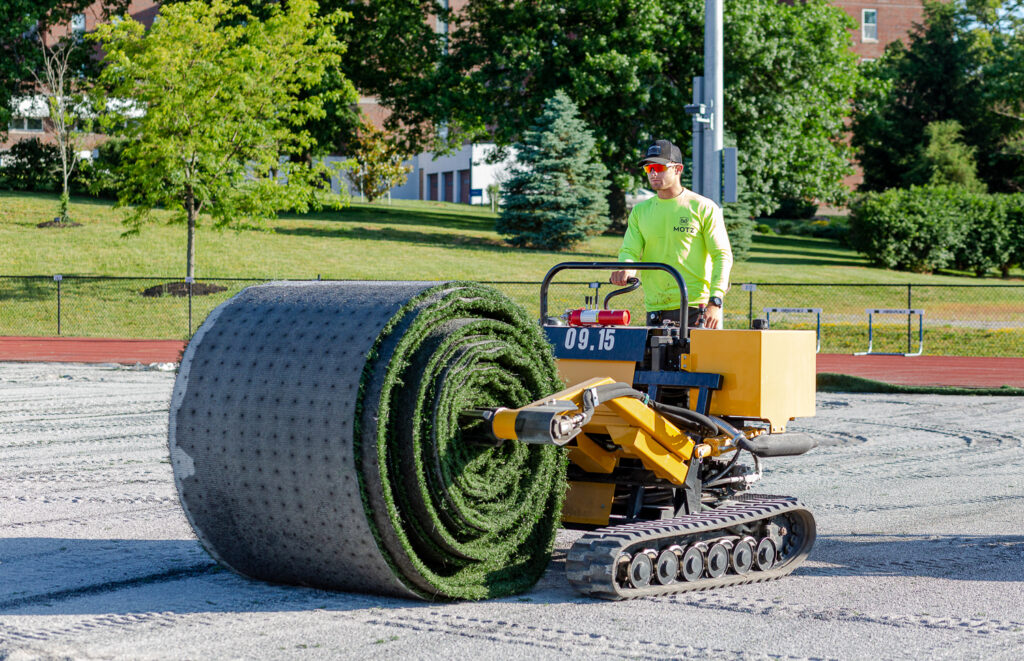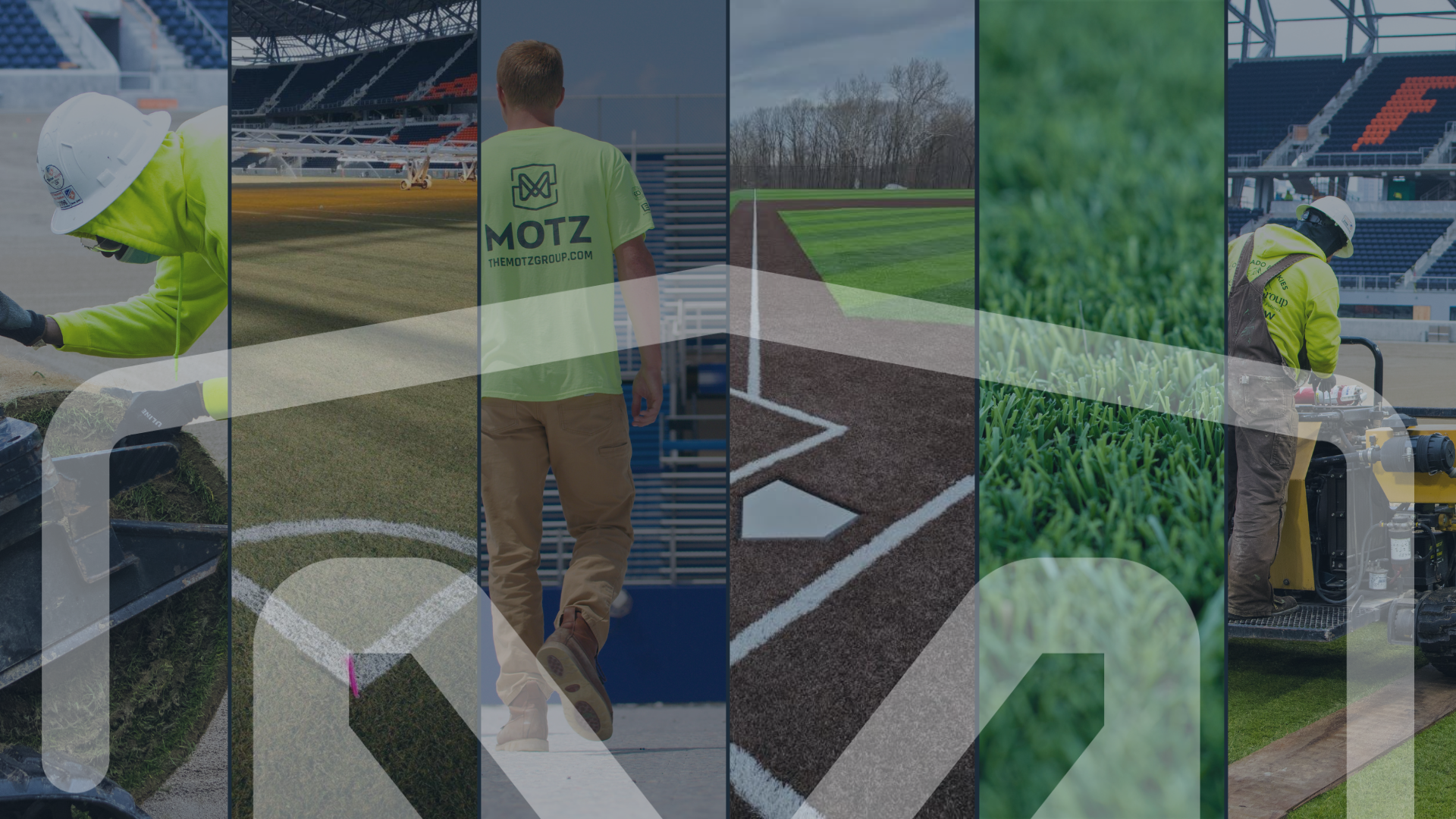
Sports Field Blog
Subscribe To Email Updates
Subscribe to our weekly newsletter and we’ll send updates straight to your inbox
Why You Should Test Your Artificial Turf Before Fall Season Sports
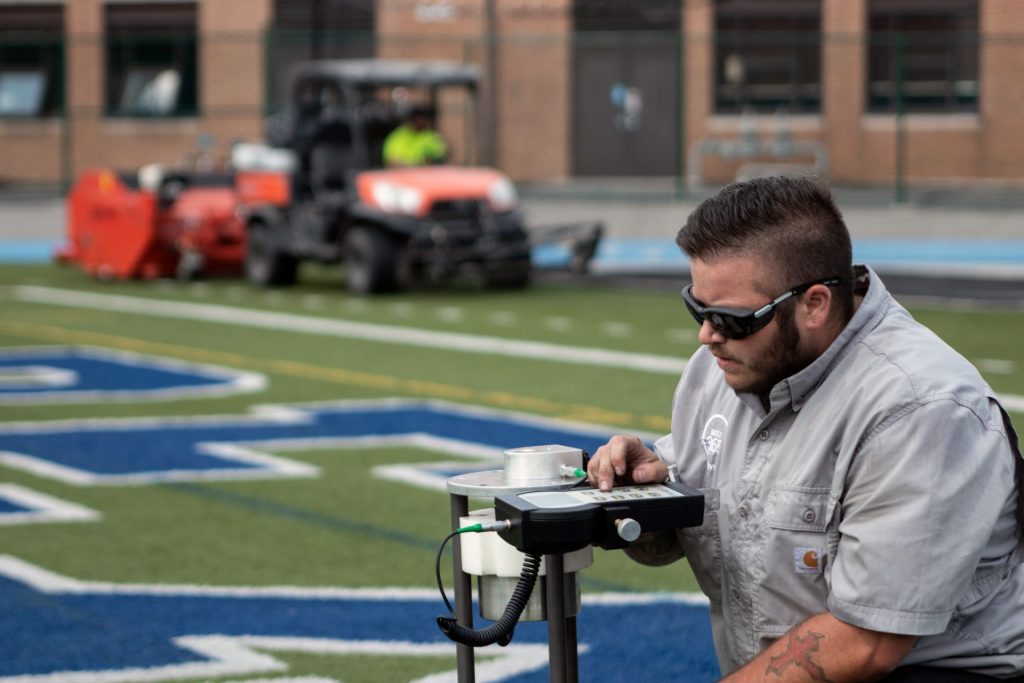
Back to school means back to fall sports — and back to your synthetic turf athletic field being in heavy rotation. For a fall sports turf field maintenance plan that sets you up for a safe and successful season, conducting a performance test of your turf before fall sports kick-off is key.
Turf performance tests are critical if you want to keep accurate tabs on your field’s safety for athletes. Not only does the late summer make sense for testing from a field use standpoint, when fewer games and practices are happening; seasonally, it’s a window to take advantage of, too. Over winter break, unreliable weather conditions make testing opportunities less of a guarantee, and you’ll want to understand the conditions of your field before athletes play on it anyway.
Testing your turf now won’t just add to athletes’ safety this sports season — it’ll help you feel more prepared and give you time to create a plan of action if any maintenance needs are discovered, or if turf replacement is required sooner than you’d expected.
From the FIFA Standard to HIC and GMAX, there are multiple types of tests you can conduct. We break them down below, so you can pinpoint what makes the most sense for your field’s needs. (Pro tip? Most turf maintenance services — including an annual deep clean program that protects your turf’s longevity, safety and performance — include a GMAX test. We offer other testing services, too; feel free to contact us for more information.)
1. The FIFA Standard
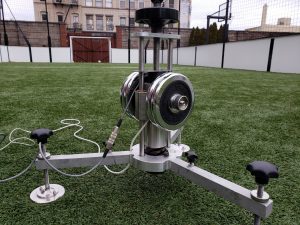
Growing in popularity, the FIFA Standard — officially known as the FIFA Quality Programme — ensures that soccer and athletic field surfaces meet FIFA-approved standards in the following areas:
Vertical Deformation:
This is the measure of how much a surface gives underfoot. A concrete floor, for example, would have an extremely low Vertical Deformation, while a trampoline’s Vertical Deformation would be the opposite. For athletes, a surface needs to be firm but also allow adequate give in order to protect joints.
Energy Restitution:
This is the measure of how much energy is returned from a surface to an athlete. Running on firm, dry ground, for instance, has a high Energy Restitution — meaning it returns a large amount of energy to the athlete — whereas someone running through mud or on sand would lose a lot of their energy to the surface.
Shock Absorption:
This measure is precisely what it sounds like, with a low score meaning a surface is harder and will absorb less impact from an athlete, while a high score indicates a more shock-absorbent surface.
Rotational Resistance:
This measures surface traction, or the amount of grip a field returns to an athlete. This can help detect when a playing surface has become overly slippery, preventing athletes from, among other things, safely changing direction and making quick turns.
2. The GMAX test
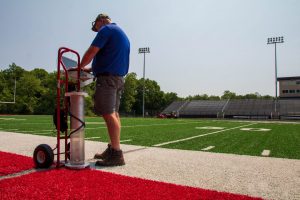
GMAX tests measure something called “impact attenuation” — which is another way of saying how well a playing surface can absorb the shock or impact from a collision, like when an athlete falls and hits its surface. The lower the GMAX rating, the more energy a surface can absorb. Critically, this test will help you understand whether your field meets today’s safety standards for bodily injury-resistant surfaces, and it’s recommended that you check the GMAX of your playing field at least once a year.
3. The HIC test
While GMAX tests are used to help protect athletes from bodily injuries, the HIC — or Head Injury Criterion test — is one of the most effective ways to measure how likely impact with your field’s surface is to cause a head injury, in particular. And when one out of every five concussions is caused by a person’s head hitting a playing surface, it’s crucial that you maintain a current, accurate measurement of your field’s HIC score in order to ensure your turf system is set up to maximally protect players.
Used in conjunction, these tests can help provide you with a more complete understanding of your field’s safety as we head into the fall sports season.
Need more information on performance testing for your field? Get in touch with a Motz365 expert today and book our performance testing services.
Similar Blogs
